In 2025, the estimated development investment expenditure is 790,700 billion VND, accounting for 31% of total state budget expenditure. In 2026, the estimated development investment expenditure is more than 1.1 million billion VND, accounting for 35.5% of total expenditure (an increase of more than 40% compared to 2025). This is a major change, clearly demonstrating the orientation of expanding public investment to create momentum for growth. In the recent discussion session on socio- economics and budget at the 10th session of the 15th National Assembly, many National Assembly deputies also mentioned the issue of budget and public investment and emphasized the need to improve disbursement efficiency.
According to the estimate submitted to the National Assembly , total state budget revenue in 2026 is about 2.5 million billion VND, total state budget expenditure is about 3.1 million billion VND, deficit is nearly 605,800 billion VND, equivalent to 4.2% of GDP. This deficit is higher than the average of the 2021-2025 period (about 3.1% - 3.2% of GDP), reflecting the policy of controlled fiscal expansion to promote growth. Fiscal space is still at a safe level, when public debt is expected to be about 35% - 36% of GDP by the end of 2025, significantly lower than the ceiling of 60% allowed by the National Assembly.
However, such space is only truly meaningful if capital is used effectively. Many years of experience show that public investment is not lacking in capital but ineffective. The situation of slow project progress and low disbursement still occurs in many places. If investment preparation, project selection and construction capacity are not improved, increased investment expenditure risks adding more burden to the State budget and not creating commensurate development value.
Meanwhile, the task of thoroughly saving and reducing regular expenditures is expected to have certain changes. According to the Government 's report, in 2026, regular expenditures will account for 57.2% of total state budget expenditures, lower than in 2025 (about 61%). This is a positive signal, reflecting the results of restructuring the apparatus and expanding the autonomy of public units. However, to create real room for development investment, cutting regular expenditures still needs to be accompanied by deeper reforms in wages, restructuring public services and public financial management towards transparency and efficiency.
Increasing development investment spending to more than 1.1 million billion VND is a positive signal - demonstrating the determination to use fiscal policy as a lever for growth. However, if the disbursement, monitoring and investment responsibility systems do not change accordingly, this target may become a new pressure on the State budget. Then "spending a lot" does not necessarily mean "investing well".
The core of the problem is that public investment must become a source of sustainable growth, not a temporary expenditure. Each investment capital must bring economic and social benefits higher than the cost. When the State budget is spent transparently, projects are completed on schedule and bring about spillover values, then the ratio of 35.5% of total State budget expenditure for development investment will truly have a positive meaning.
The Government has clearly identified the spirit of “increasing revenue while saving expenditure”, which is the necessary foundation for a sustainable financial-budgetary strategy. The challenge of 2026 is not only how much can be mobilized, but how to spend so that each budget dollar is truly capital for development, thereby achieving the target of double-digit growth each year in the coming period.
Source: https://www.sggp.org.vn/nguon-kich-hoat-tang-truong-ben-vung-post823164.html




![[Photo] Prime Minister Pham Minh Chinh attends a conference to review one year of deploying forces to participate in protecting security and order at the grassroots level.](https://vphoto.vietnam.vn/thumb/1200x675/vietnam/resource/IMAGE/2025/11/12/1762957553775_dsc-2379-jpg.webp)
![[Photo] Highways passing through Dong Nai](https://vphoto.vietnam.vn/thumb/1200x675/vietnam/resource/IMAGE/2025/11/12/1762940149627_ndo_br_1-resize-5756-jpg.webp)


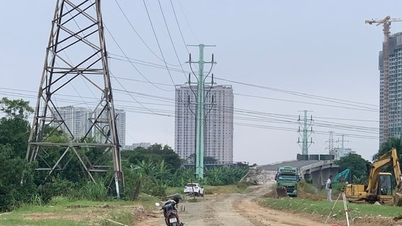





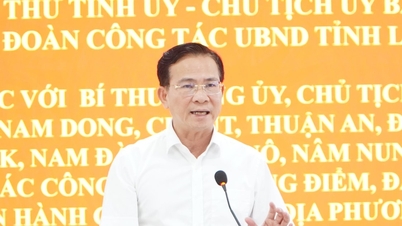

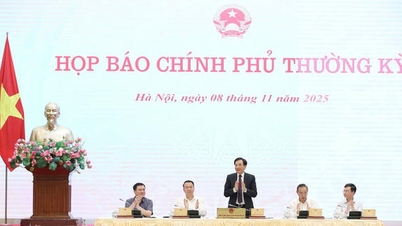

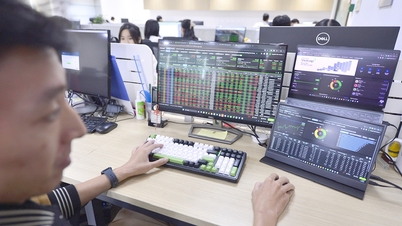

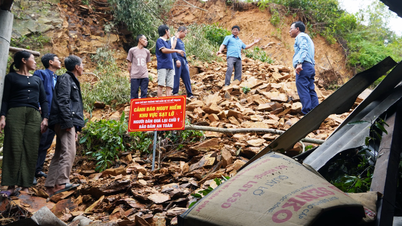







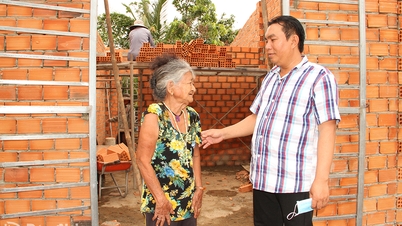





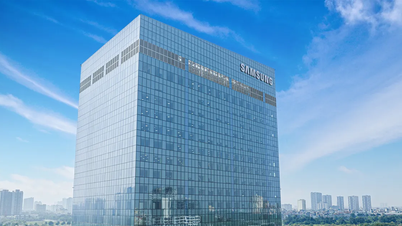























































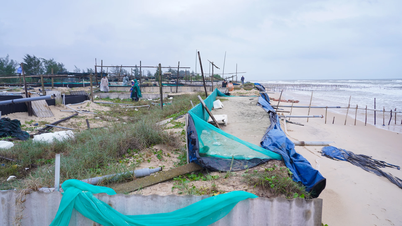









![Dong Nai OCOP transition: [Article 3] Linking tourism with OCOP product consumption](https://vphoto.vietnam.vn/thumb/402x226/vietnam/resource/IMAGE/2025/11/10/1762739199309_1324-2740-7_n-162543_981.jpeg)







Comment (0)